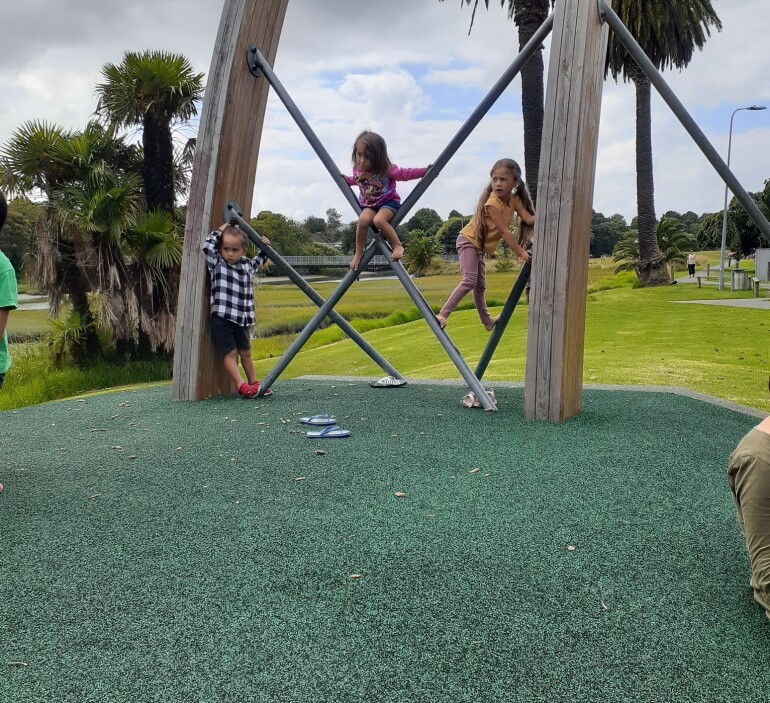News And Events

Supporting Transitions
17 August 2022At Nurtured at Home, our qualified and registered Visiting Teachers provide guidance and support to our Educator’s to support tamariki with transitions. The following information is from the resource He Māpuna te Tamaiti and provides some practical guidance for children during times of transition such as from play to having kai, leaving the Educator’s home to attend a community playgroup, or leaving homebased care to start school.
Major changes and transitions can trigger strong emotions for children. It is essential that they are given plenty of time to prepare for them, that they have opportunities to talk about what may be worrying them, and that their questions are answered honestly and supportively. “I think you might be feeling worried, Anaru. That’s OK. I think you will love it at school because you are so good at making friends . . .”
For smaller transitions between activities, the following simple strategies help to reduce stress:
Give plenty of warnings and reminders about routine transitions. “In five minutes it’s going to be time for our kai. We will wash our hands first”. Try to be unhurried with this approach, giving plenty of time for children to prepare cognitively for what is going to happen next.
Develop visual cues, rituals, games, songs, and chants to make transitions predictable and to help children prepare for them and remember the transition routine. “I’m going to put on our ‘tidy up’ music. Let’s see if we can get it done before the song finishes . . . It’s nearly time for playgroup – remember we put our shoes on, get our jacket, and get our bag”. Photos of the steps involved in the transition can be a useful teaching tool.
Offer choices that give the children some agency in how the transition is achieved. “When it’s time to tidy up, you can put the little cars away first, or the blocks . . . When it’s time to get ready for Mum or Dad to collect you, will I give you a wink, a wave, or a thumbs up?”.
Avoid making threats, such as “I’m counting to five and then . . .” This can add stress for children who are resistant to a transition and can create an oppositional or anxious response.
For transitions to events outside your setting, such as going to a playgroup or walk to the park, prepare the children well in advance by talking about what is going to happen. Involve them in preparations and give them responsibilities for remembering what is needed for a successful outing. Model and practise with them the use of positive self-talk ahead of the transition, and clarify the expectations of safe and positive social behaviour in the new setting. Leadership and modelling from tuākana will be an important support for younger children.
Remind children of times they have managed a transition successfully, drawing on positive prior experiences when preparing them for the change. “Remember when you went for a visit to the gardens? You felt a bit worried at the start. But then you held hands with Lyla and Liam and you three had a lovely time eating your sandwiches beside the fountain.”
Here’s a summary of the key points for supporting transitions:
- Preparing children and providing reminders ahead of routine, daily transitions.
- Offering choices that support children’s agency during transitions.
- Supporting children to prepare for major transitions.


